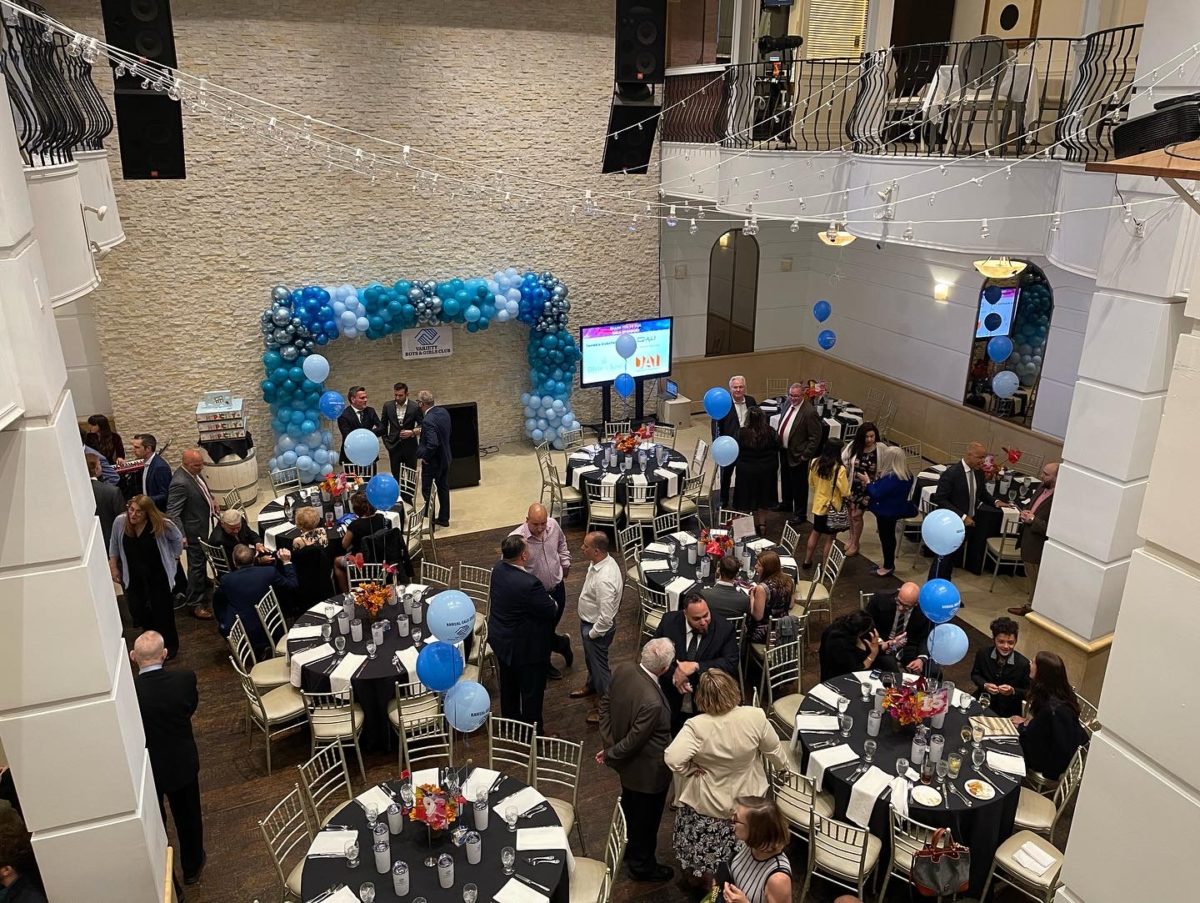VBGC Queens raises over $100K at annual gala
The Variety Boys and Girls Club of Queens hosted their annual gala on Wednesday, May 18 and raised over $100,000 for their Astoria-based programming.
The event honored Queens Borough President Donovan Richards, who received the “George Skouras Award,” Peter Vallone Sr., recipient of the “Judge Charles Vallone Award,” Dr. Cameron Hernandez of Mount Sinai Queens, recipient of the “Albert ‘Cubby’ R. Broccoli Award,” and Paula Kirby of Plaxall, recipient of the “Ann Buehler Award.”
Treasure Hodge, an executive recruitment liaison for VBGC Queens, was honored with the “Staff of the Year” award.
Walter Sanchez, BQE Media Publisher and president of the VBGC Queens Board, was inducted into the Hall of Fame, along with his son, John Sanchez, president of the VBGC Queens Young Professionals Board.
The gala’s silent auction featured items from the New York Mets, Museum of the Moving Image, Milkflower, The Row, Chef Moise, Noguchi Museum, Ample Hills Creamery, Alewife Brewing, Untapped NY & Behind the Scenes NY, JetBlue, NFL, Trattoria L’incontro, Ace Hotel, Disney, Cheesecake Factory and Dorney Park & Wildwater Kingdom.
Marco Santini was in attendance illustrating his iconic “One Love” painting, asking guests what they value most and incorporating their words into art. At the end of the night, the painting was auctioned off to the highest bidder
The evening was sponsored by Mega Contracting, the Vallone Family, Plaxall, JetBlue, Innovation Queens, Robotti Insurance and Wildflower Studios.

The Variety Boys and Girls Club of Queens hosted their annual gala on Wednesday, May 18 and raised over $100,000 for their Astoria-based programming
Pictured (l-r) Costa Constantinides, Walter Sanchez, Peter Vallone Sr., Tena Vallone, Paul Vallone, QBP Donovan Richards, and Paula Kirby.



